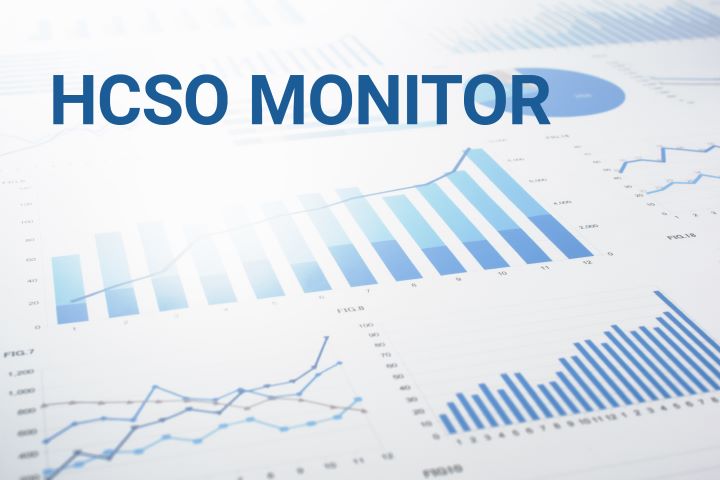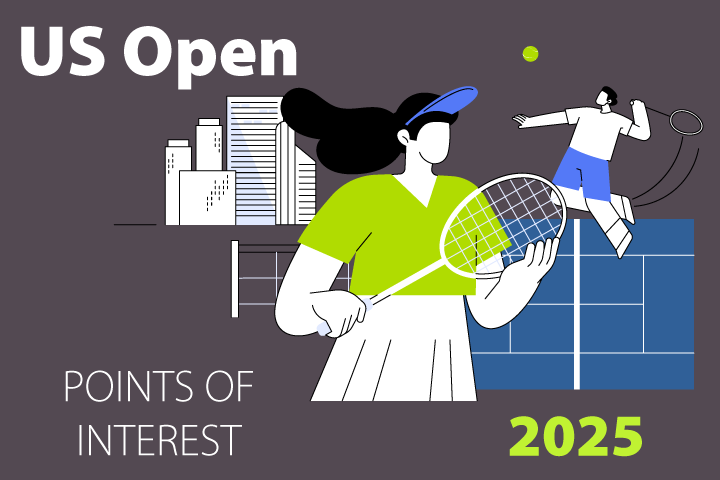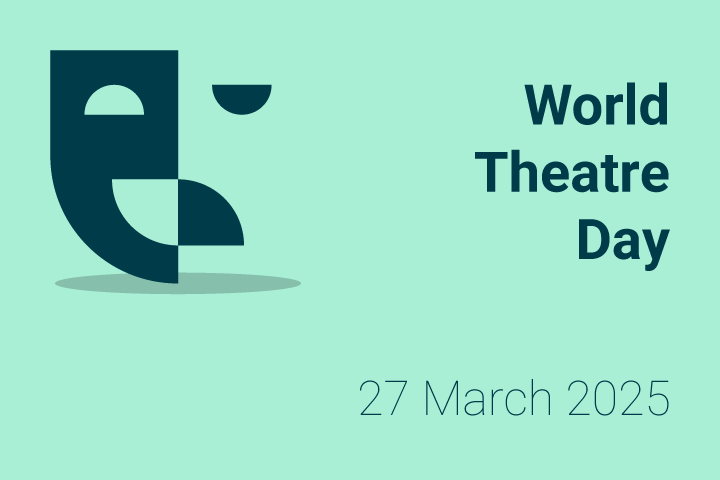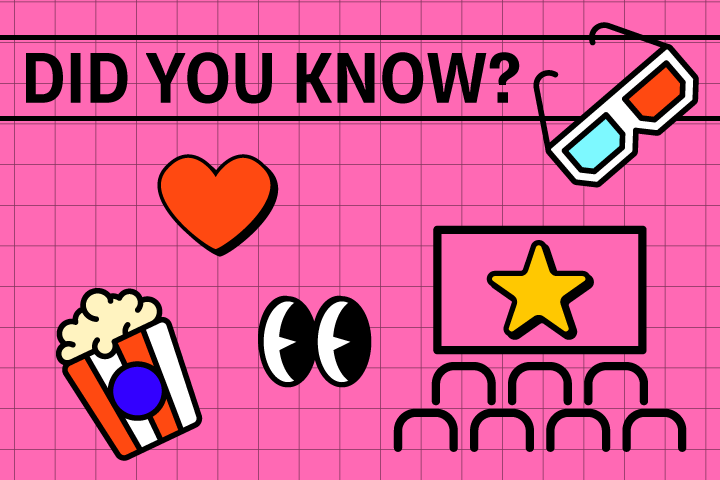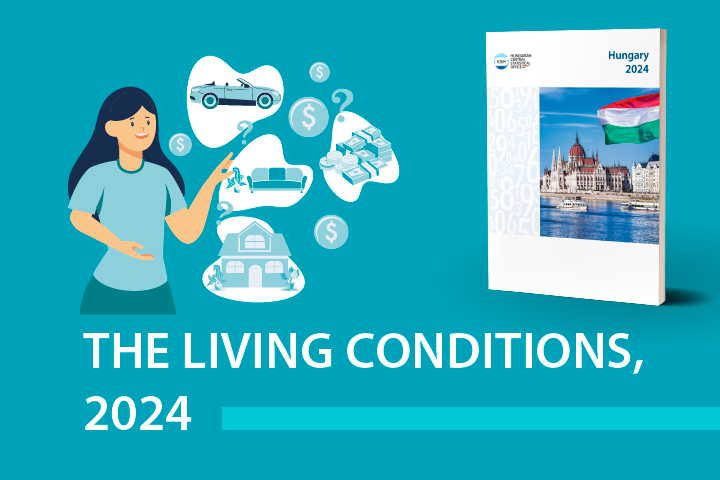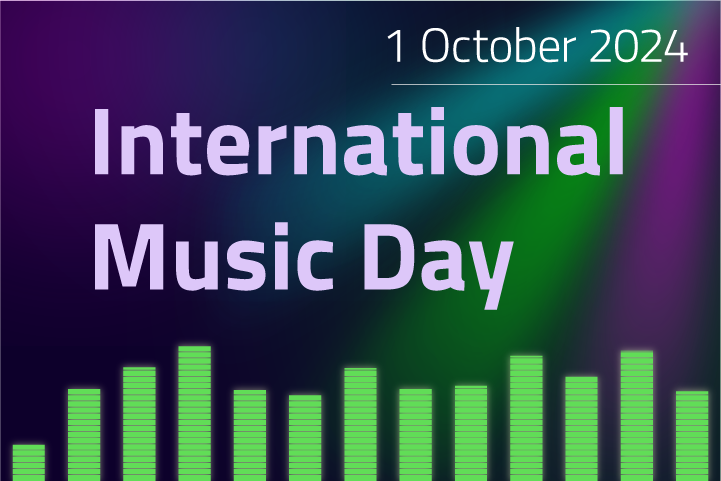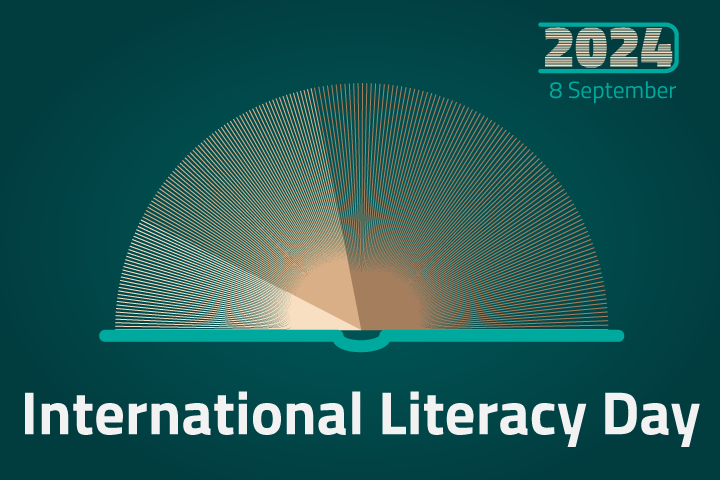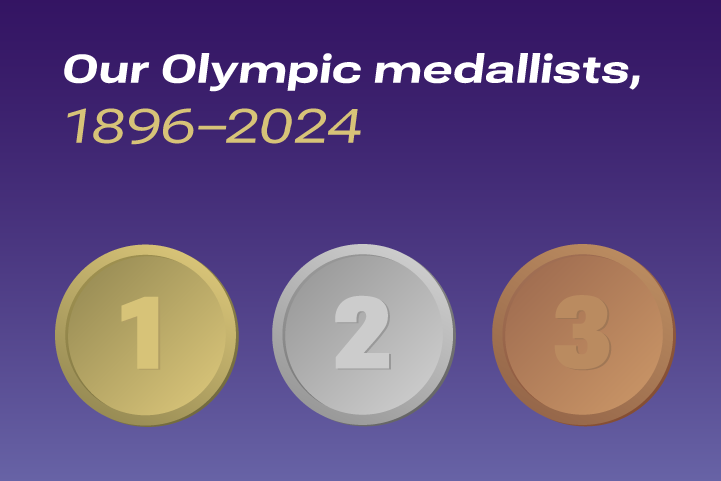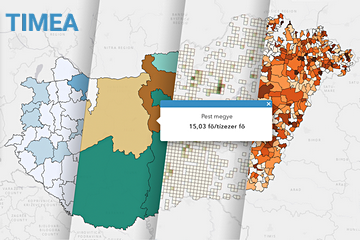Culture
Culture contributes to the competitiveness of the society by strengthening the foundations of a knowledge-based society, in which the development of public culture and community development also play an important role. Cultural statistics includes the measurement of areas dealing with the cultural activities of society (e.g. theatre, cinema, museum, library, mass media, book production, etc.), the communication of data on cultural spending and funding.
Key figures
Budgetary expenditure on culture as a percentage of GDP
Indicator description
These expenditures include the ones on books, music and journal publishing, radio, television broadcasting, cultural activities, artistic activities, zoological and botanical gardens, national parks, historic landmarks, as well as other entertainment and cultural activities.
Source of data:
Summary Tables (STADAT)
Last data for period: 2024
Number of theatre visits per thousand inhabitants
Indicator description
Number of theatre visits per thousand inhabitants. When determining the number of theatre visits, every visitor is taken into account as many times as many performances he/she attended. The indicator meaures the number of thetre visits per thousand inhabitants.
Source of data:
Summary Tables (STADAT)
Last data for period: 2024
Number of museum visits per thousand inhabitants
Indicator description
When determining the number of museum visits, every visitor is taken into account as many times as many exhibitions he/she attended.
Source of data:
Summary Tables (STADAT)
Last data for period: 2024
Number of published books, booklets
Indicator description
Published book: a work prepared by printing or other means of reproduction having min. 49 pages, which is included in the National Bibliographies and made available to the public. Published booklet: a work prepared by printing or other means of reproduction having 4–48 pages, which is not published periodically and is made available to the public. Re-prints of a book are considered as separate publications.
Source of data:
Summary Tables (STADAT)
Last data for period: 2024
Featured
HCSO Monitor
The collection of interactive figures provides up-to-date information on the latest domestic and international socio-economic trends. The decisive part of the figures included in HCSO Monitor are downloadable in both image and data formats (PNG, SVG and CSV). Feel free to browse the data in HCSO Monitor, updated many times a week!
Did you know? – Book
14,298 books have been published in Hungary in 2024, in 30 million copies.
If you liked it, check out our data visualisations at this link: www.ksh.hu/datavisualisations
If you liked it, check out our data visualisations at this link: www.ksh.hu/datavisualisations
Did you know? – Theatre
The 2024 theatre attendance reached 7.2 million in Hungary.
If you liked it, check out our data visualisations at this link: www.ksh.hu/datavisualisations
If you liked it, check out our data visualisations at this link: www.ksh.hu/datavisualisations
Snapshots, 2024 – Culture
Hungarian radio broadcasting is 100-year-old. The first broadcast started on 1 December 1925 with a festive concert. The popularity of music programs is continuous ever since, their share in the total broadcast time was 62% in 2024.An ever-growing proportion of Hungary’ cinema seats – 42% in 2024 – are concentrated in multiplex cinemas with 8 or more auditoriums. Attendance of Hungarian films broke the record this year, out of the 10.7 million cinema tickets sold 14.5% were for domestic films.
Did you know? – Library
There were 24.6 million borrowings in Hungary's libraries in 2024; their total stock was reaching 155.6 million volumes.
If you liked it, check out our data visualisations at this link: www.ksh.hu/datavisualisations
If you liked it, check out our data visualisations at this link: www.ksh.hu/datavisualisations
Did you know? – Museum
The number of the 2024 museum visits reached 11.2 million in Hungary.
If you liked it, check out our data visualisations at this link: www.ksh.hu/datavisualisations
If you liked it, check out our data visualisations at this link: www.ksh.hu/datavisualisations
My service and there are the records! Points of interest about US Open
The 2025 US Open, which can be proud of several points of interest and records, is held between 24 August and 7 September. Among Grand Slam tournaments, the US Open Tennis Championships were the first that, in 1973, (ending sexual discrimination) introduced identical prize money to be awarded in the main events – women’s and men’s singles. The total prize to be awarded in this year’s competition (90 million dollars) as well as the 5 million dollars to be awarded to both singles winners are equally records in tennis history.
Statistical Yearbook of Hungary, 2024
The yearbook provides an overview of Hungary's demographic, social and economic trends, environmental characteristics and their changes over time, with the help of tens of thousands of data in some 500 tables, charts and maps. In the chapter devoted to earnings and incomes, it is a novelty compared to previous years that net earnings in which allowances and types of exemptions are accounted for, too, came into focus from 2019. In the number of employees, people working in working time shorter than 60 working hours per month are also taken into account. In addition, the theme of environment is completed with areas declared world heritage sites by UNESCO.
Pentathlon World Championships
The world is going to watch, between 26–30 August 2025 the 64th Pentathlon World Championship held in Kaunas, Lithuania. The semi-finals and finals qualifying competition days for men and women are going to take place between 26 and 29 August, finals will be held on 30 August in the Zalgiris Arena. The competition is an opportunity, beside the world champion title, for obtaining Olympic ranking points, too. Hungary will be represented by Blanka Guzi, Blanka Bauer, Emma Mészáros, Noémi Eszes and Rita Erdős in women’s sports and by Mihály Koleszár, András Gáll, Balázs Szép, Botond Tamás and Bőhm Csaba in men’s.
We wish every success for the athletes and good cheer!
We wish every success for the athletes and good cheer!
Yearbooks, pocketbooks, data repositories
A new sub-page has been added to the HCSO website, more than 400 yearbooks, pocketbooks and data collections, a total of a hundred thousand pdf format pages close to 150 thousand excel tables and several thousand static and interactive graphs and maps are available for download. The sub-page offers the possibility of filtering these yearbooks, pocketbooks and data collections by reference year, serial name, format (PDF, XLS) and supplements (graphs, maps). Users may compile their own list of publications based on the year- and pocketbooks, data collections, adequate to their interests.
World Theatre Day, 27 March 2025
A stage performance is not only entertainment but also the guardian and mediator of the cultural values and identity of a community, region or nation. In Hungary, the overall attendance at the 240 national theatres rose to 6.9 million in 2023 (by 10%). Similar to the previous year, 1.6 million people attended the performances of the 11 nationally accredited theatre arts organisations, with the National Circus Arts Centre, the Hungarian State Opera House and the Budapest Operetta Theatre attracting the highest attendance (together almost 900,000 visitors).
Settlement and district related data regarding 2022 are presented here
Datasets from the Dissemination Database regarding settlements and Budapest’s districts have been updated with 2022 data, as such settlement and district related data for 2022 are available since 31 August, concerning, among others, data on cinemas.
Related themes
Methodological information
Dissemination database ( infra-annual data annual data ) |
Latest update | Next update |
|---|---|---|
Radio and TV broadcasters | ||
| Broadcasting time in hour | 09/09/2025 | – |
| Broadcasting by languages | 09/09/2025 | – |
| Programme service | 09/09/2025 | – |
Book production | ||
| Juvenile and children's literary | 23/04/2025 | – |
| Books and booklets by published language | 23/04/2025 | – |
| Books and booklets by nationality of author | 23/04/2025 | – |
| Number of books and booklets by number of copies | 23/04/2025 | – |
| Books and booklets by subject | 23/04/2025 | – |
| Literary works by genre | 23/04/2025 | – |
| Types of publication | 23/04/2025 | – |
| Schoolbooks by educational level | 23/04/2025 | – |
Cinema, films | ||
| Feature-length films | 16/10/2025 | – |
| Traffic data of cinemas | 16/10/2025 | – |
| Number of screens in cinemas | 16/10/2025 | – |
